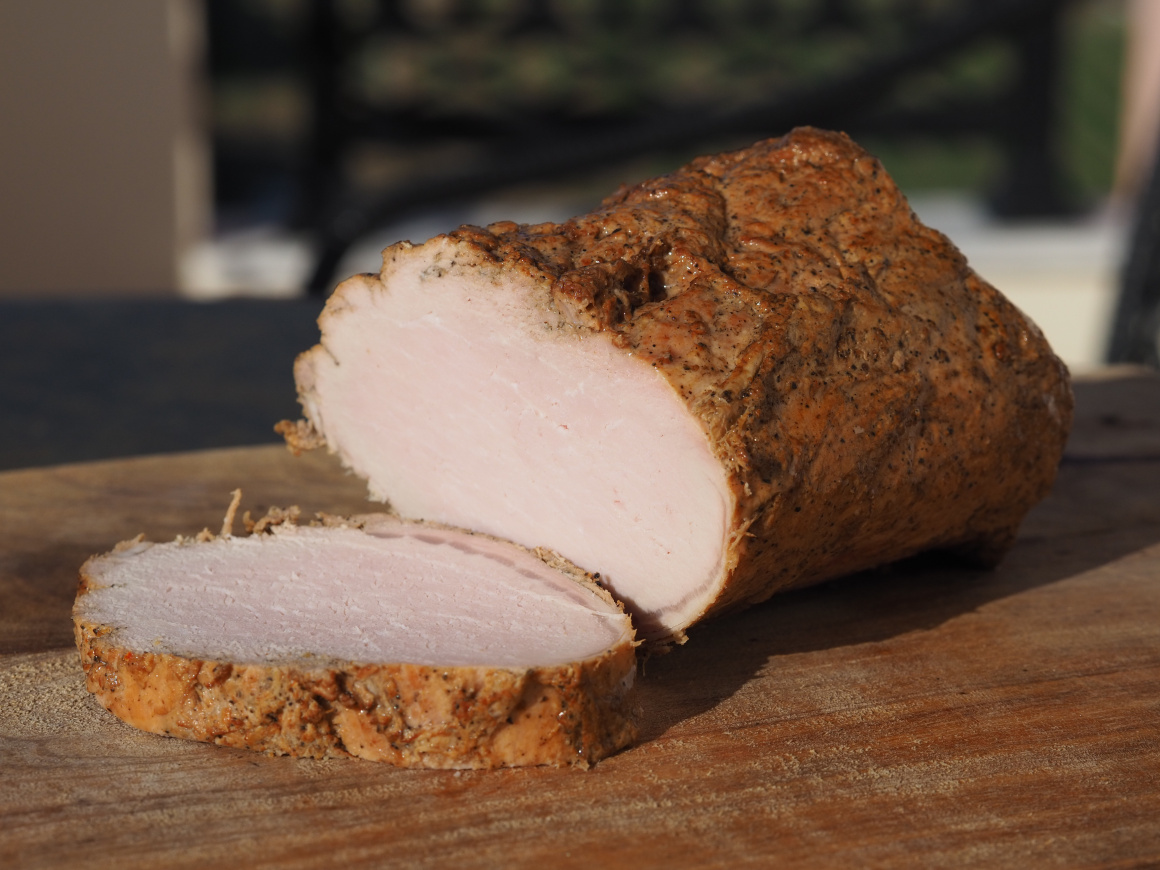Crete is a food lover's paradise, where eating is not just about sustenance but a way of experiencing the island's culture and history. From farm to table, many restaurants in Crete serve incredibly fresh, locally sourced dishes that have been honed by generations. Wondering what to eat in Crete? Here's your guide to the must-try foods and best authentic culinary experiences on the island – including traditional dishes, street foods, and where to find those family-run tavernas that deliver true Cretan flavour.
Iconic Cretan Dishes
Dakos (Κρητικός Ντάκος)
You'll get a large barley rusk soaked just enough in grated tomato, topped with creamy white cheese (often mizithra), plus olives, capers, oregano, and a healthy glug of olive oil. It's crunchy, juicy, and tangy all at once. You can find dakos on almost every taverna menu – make sure to try it at least once (though you may end up ordering it daily!).
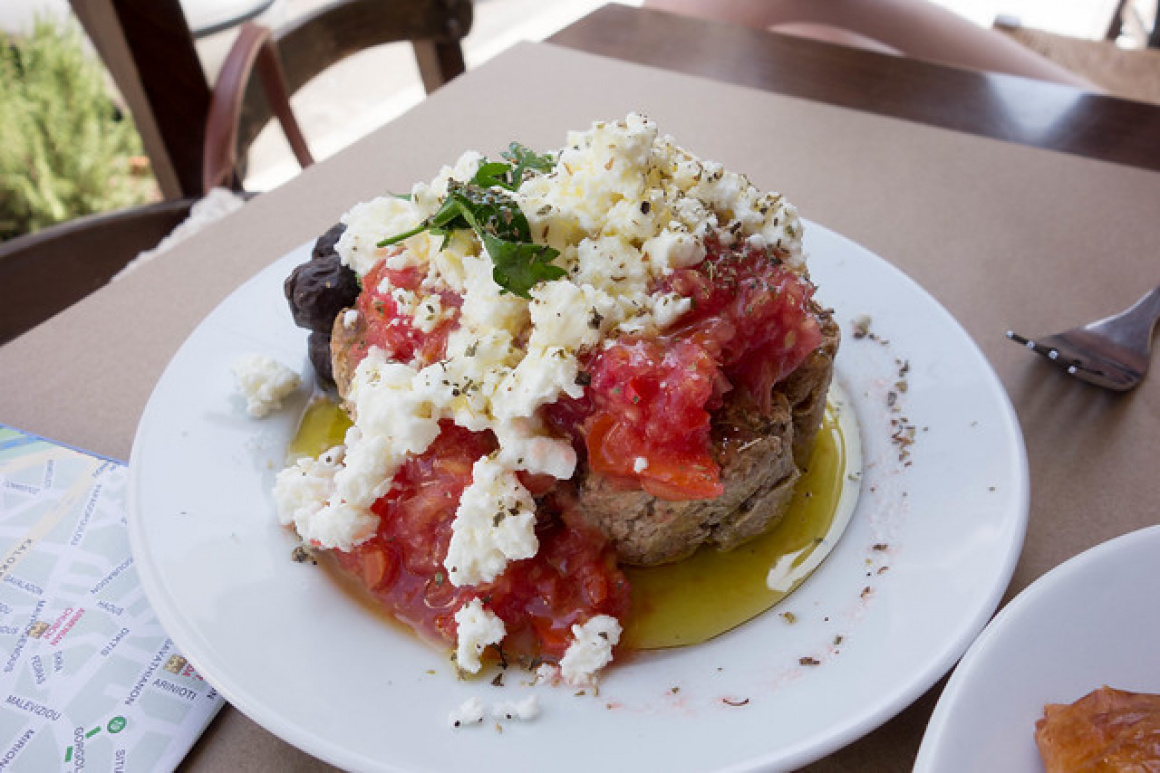
 'Heraklion' - Attribution: Kent Wang
'Heraklion' - Attribution: Kent WangCretan Cheeses
A tasting of local cheese is essential. Try:
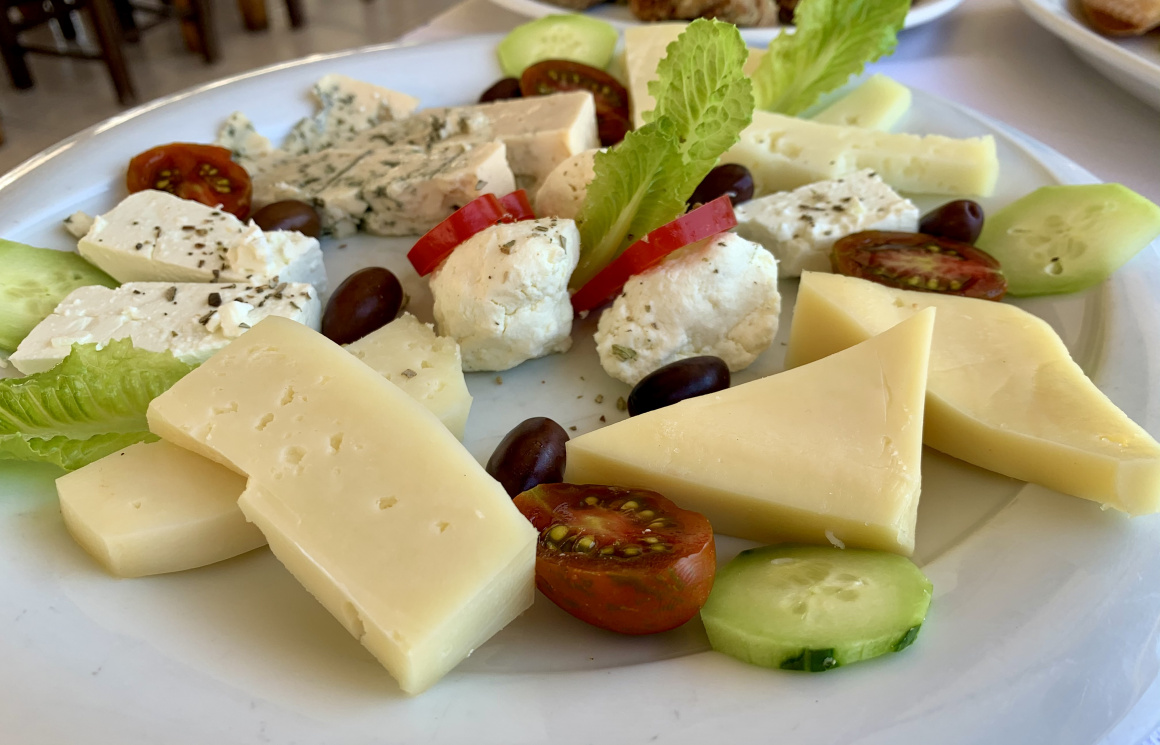
 'Restaurant Erotokritos (Almyrida).' - Attribution: Benoît Prieur
'Restaurant Erotokritos (Almyrida).' - Attribution: Benoît PrieurGraviera
A semi-hard cheese, sweet and nutty. It's often served simply in slices or fried as saganaki (cheese fried in a pan).
Mizithra
A soft fresh cheese, usually from goat/sheep whey. It can be unsalted (used in desserts or spread on bread) or salted and dried (harder, used grated).
Anthotyros
Similar to mizithra, often served dried and grated on pasta.
Xynomizithra
A sour version of mizithra, used often in Chania area, in salads or pies. You might get a small cheese plate as a mezze. One highly recommended spot to sample a variety is a traditional fromagerie or kafenio in the mountains where they produce their own. For example, in village tavernas in Zaros or Askifou, they might serve homemade cheese with your meal. Don't hesitate to ask, 'Which cheese is local?'
Kalitsounia
These delightful small pies come in sweet or savoury forms. Savoury kalitsounia are typically filled with wild greens or herbs (like spinach, fennel, sorrel, etc.) sometimes mixed with cheese. They can be shaped like little open-faced tarts or half-moons. Sweet kalitsounia are filled with lightly sweetened cheese (like mizithra), often flavoured with cinnamon or orange zest, and served drizzled with honey. In spring (around Easter), look for anevates kalitsounia (risen dough cheese pies) as a seasonal treat. Where to eat them? Try a local fournos (bakery) in the morning – many bakeries bake kalitsounia fresh. In Chania's market or Heraklion's backstreet bakeries, you'll find excellent ones. Also, the village of Fournes (near Chania) is known for herb pies, and Anogia in Rethymno for sweet cheese pies.
 'Village of Kritsa, Crete, Greece' - Attribution: Deror_avi
'Village of Kritsa, Crete, Greece' - Attribution: Deror_aviLamb with Stamnagathi
A quintessential dish showcasing wild greens. Stamnagathi is a wild chicory (with a slightly bitter, tonic flavour). In this recipe, tender lamb chunks are slow-cooked and then braised with stamnagathi and a touch of avgolemono (egg-lemon sauce). The result is a mellow, savoury dish with the greens balancing the richness of the lamb. Many traditional tavernas serve this in winter/spring when stamnagathi is available. Ask for 'Arni me stamnagathi'. A great place to try it is a countryside taverna – for instance, Dounias in Drakona (near Chania) is famed for authentic slow-cooked dishes and often has lamb with greens on the menu.
Chaniotiko Boureki
Specific to the Chania region, boureki is a baked pie (often without phyllo) of layered zucchini, potato, and local cheese with mint. It sounds simple, but the quality of the ingredients makes it special. It's often cut into squares and served as a side or vegetarian main. If you're in Chania, try boureki at a local taverna like Tamam in the Old Town (housed in an old Turkish bath) or To Xani – both known for serving traditional Cretan fare including boureki.
Seafood Delights
Crete being an island means great seafood. Some items to seek:
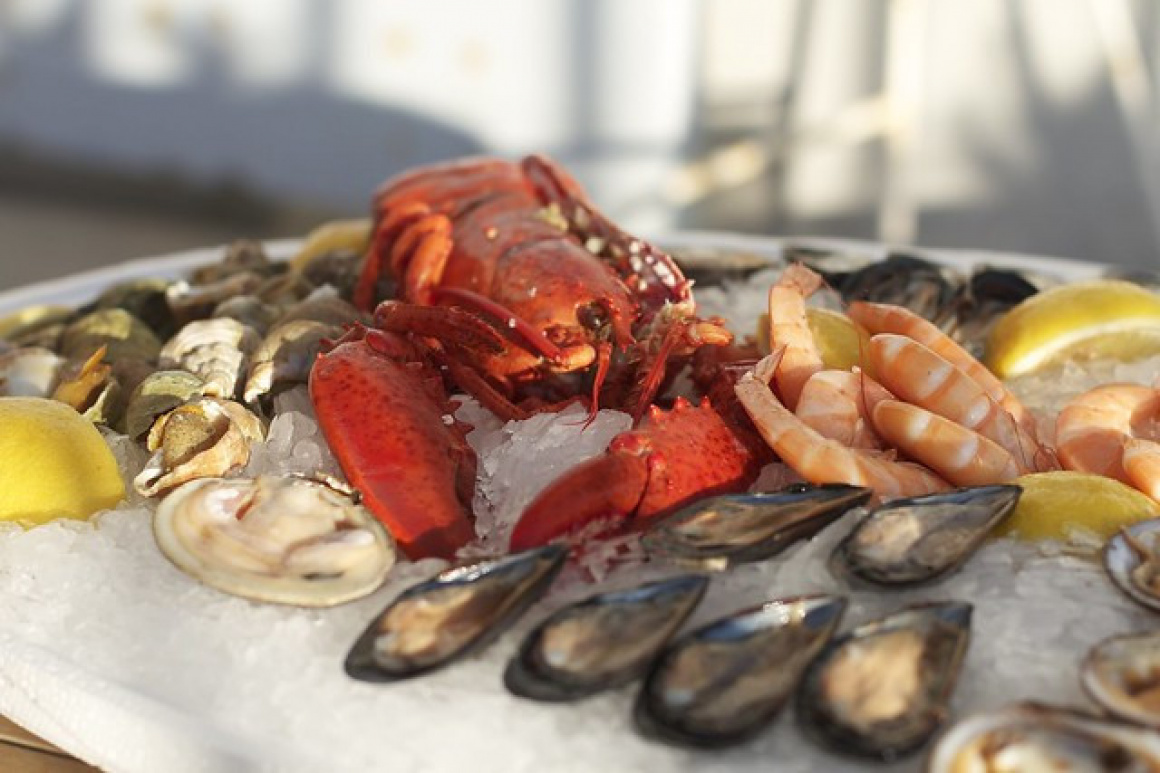
 'Champagne seafood delight' - Attribution: britsinvade
'Champagne seafood delight' - Attribution: britsinvadeGrilled Octopus
Usually tenderised and charcoal-grilled, then laced with olive oil and vinegar. Enjoy by the sea in a place like Marathi Beach fish taverns (in the Chania area) or along the waterfront in Rethymno.
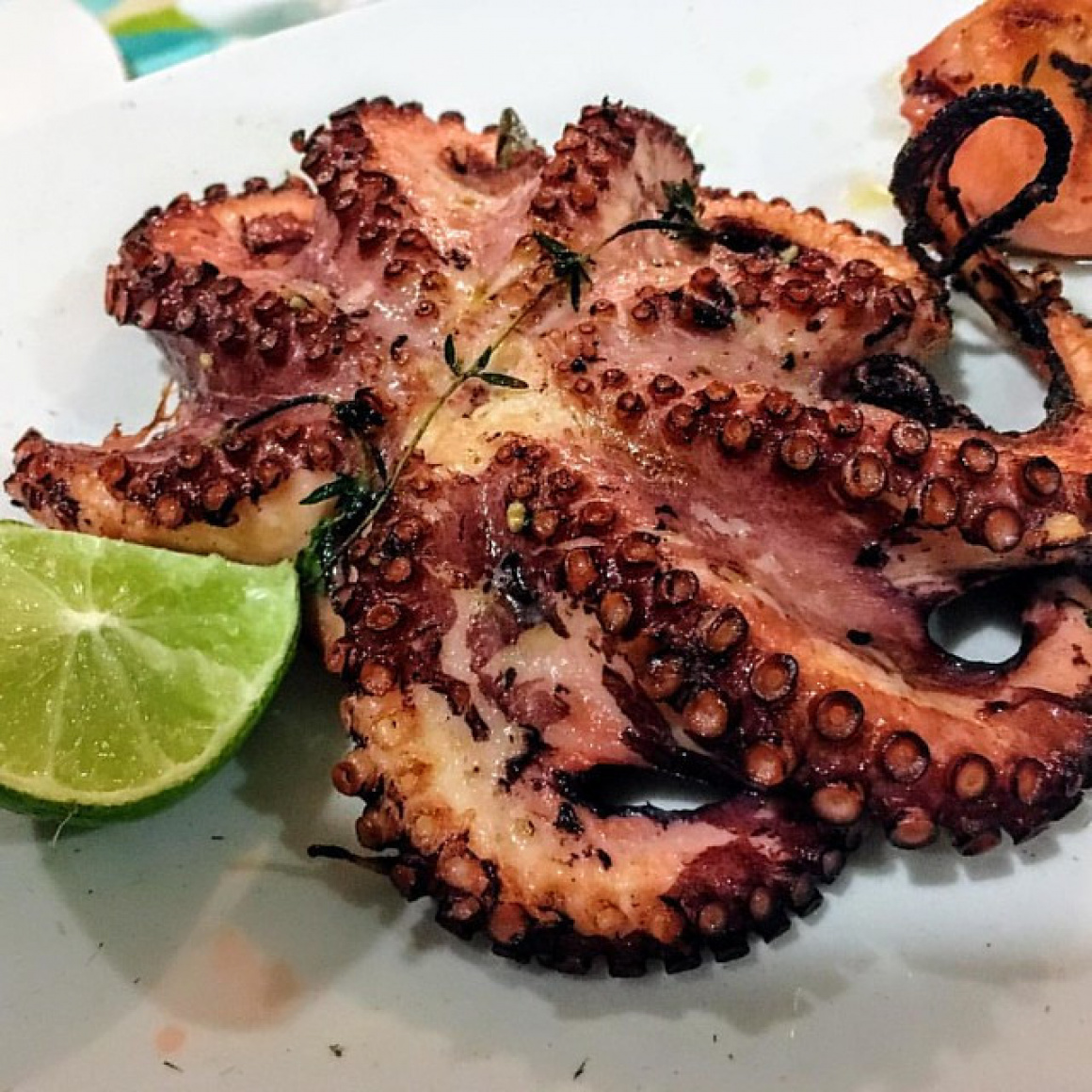
 '#grilled #squid #pulpo' - Attribution: ciekawy
'#grilled #squid #pulpo' - Attribution: ciekawyCalamari
Fried squid rings (often incredibly fresh and tender) or stuffed calamari (sometimes with cheese or rice).
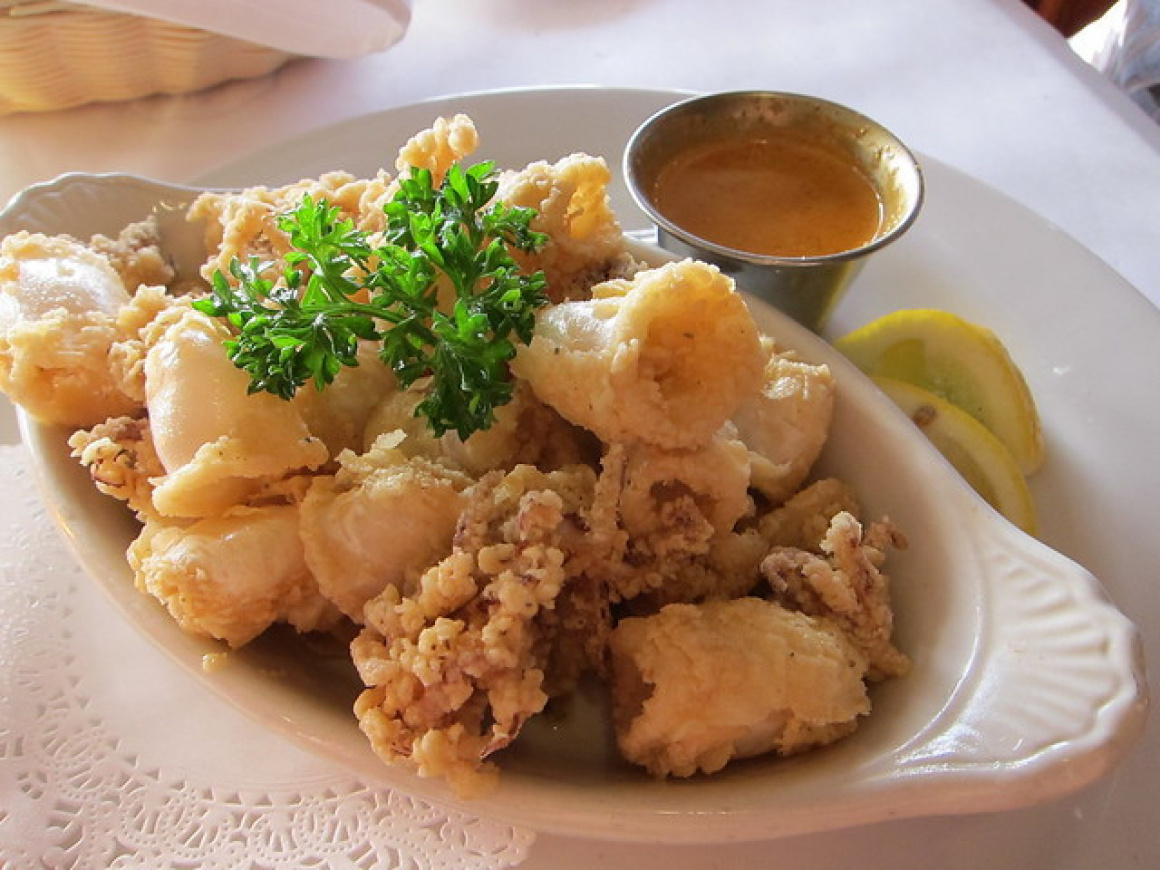
 'IMG_4636' - Attribution: Neeta Lind
'IMG_4636' - Attribution: Neeta LindFresh Fish
Pick your fish from the taverna's catch of the day (sea bream, snapper, etc.) and have it simply grilled. In villages like Mochlos or Plaka (in Lasithi region), small tavernas serve the morning catch. Pair it with horta or boiled potatoes.
Saganaki Shrimps
Shrimp baked in a tomato sauce with feta cheese. You can scoop the sauce with bread – it's divine. For an authentic experience, try a tiny port village like Palekastro or Myloi (near Heraklion) where fishermen dock, their adjacent tavernas often cook what they catch.
Snails (Chochlioi)
If you want bragging rights or just a new experience, try the famous Cretan snails. Look on menus for 'Chochlioi Boubouristi'. They'll come as a plate of small spiral shells, face-down (the snail pops out) with crispy herb-infused salt on them. Pick them up, suck or pick out the meat with a toothpick. They are chewy and tasty, trust us! Many traditional eateries carry them, but they are most common in rural-style tavernas. If in Heraklion, a restaurant like Peskesi (which focuses on farm-to-table Cretan cuisine) sometimes offers snails among its starters.
 'A plate of cooked snails with tomato from Crete, Greece (served in the town Agia Galini)' - Attribution: Helentr
'A plate of cooked snails with tomato from Crete, Greece (served in the town Agia Galini)' - Attribution: HelentrPilafi and Goat
In mountainous regions (like Sfakia or Psiloritis villages), you may encounter goat stew or goat with pilaf (gamopilafo) on menus, not just at weddings. The goat is usually free-range, giving it a rich flavour, often slow-cooked until falling off the bone. The pilaf rice cooked in its broth is a comfort food. The 'Sfakianes Madares' tavernas in Sfakia or Aori in the Omalos plateau might serve such dishes, especially if you ask what's local that day.
Souvlaki and Gyros
Let's not forget Greek street food! Crete has its share of souvlaki stands. While not Cretan-specific, grabbing a pita gyros (with pork or chicken, tomato, onion, tzatziki, and fries wrapped in a warm pita) is a satisfying quick meal as you stroll the town. In Crete, they sometimes add local touches like a splash of mizithra or use a slightly different pita bread seasoned with herbs. Chania's old town and Heraklion's centre have numerous souvlaki shops – try one that looks busy with locals (a good sign). Price is usually cheap (around €3 for a stuffed pita). There's also 'ofto,' which in some places refers to simply grilled meats – you might see street vendors grilling kebabs (kalamaki) as well.
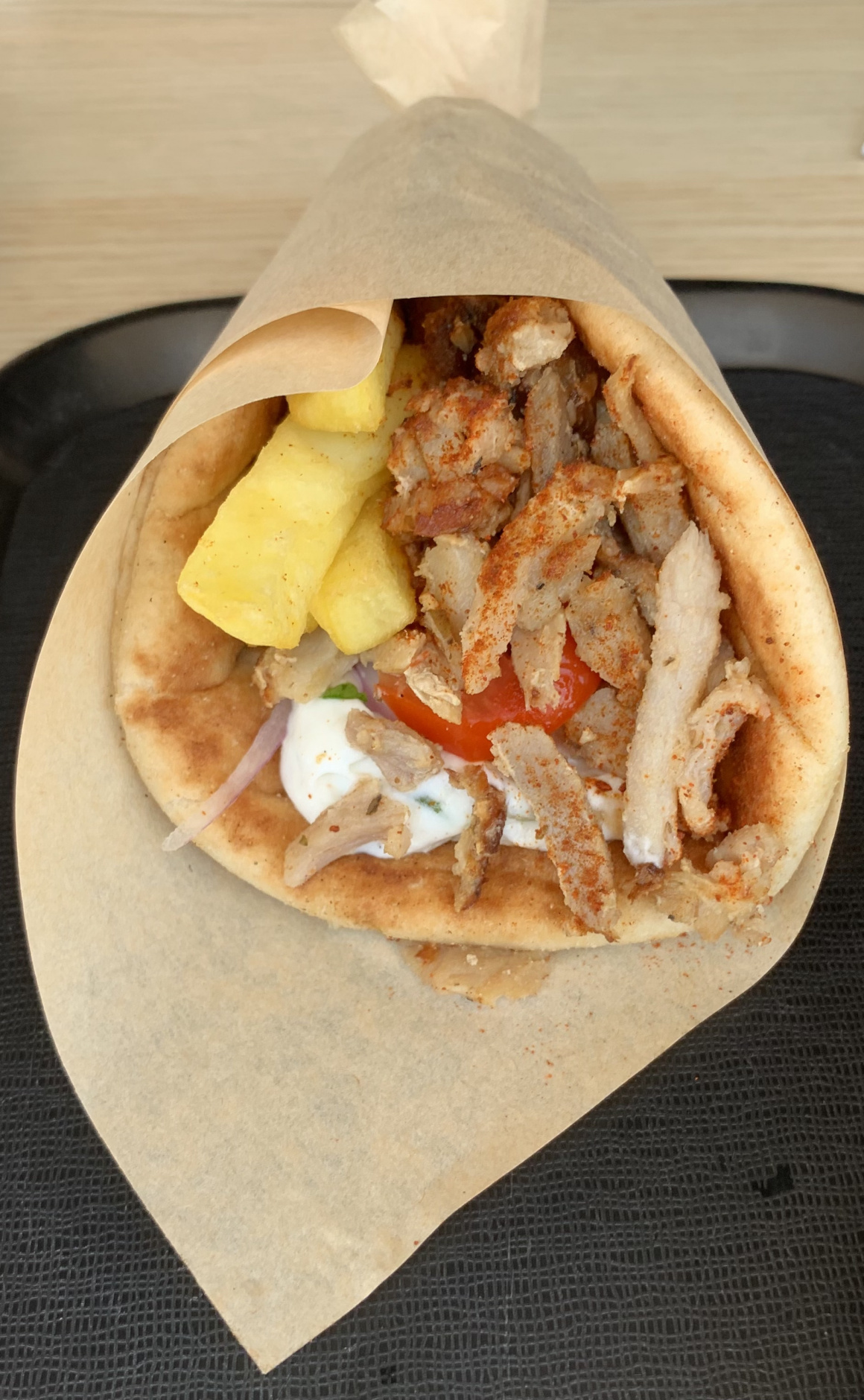
 'Almyrida, Crète, juillet 2021.' - Attribution: Benoît Prieur
'Almyrida, Crète, juillet 2021.' - Attribution: Benoît PrieurDesserts and Sweets
Sfakian Pie (Sfakiani Pita)
A thin, round cheese pie from Sfakia, drizzled with honey. It's made with dough filled with mild cheese, rolled paper-thin and pan-cooked. It brilliantly mixes sweet and savoury. Many tavernas across Crete now serve it as a dessert.
Loukoumades
Those fluffy doughnuts soaked in honey – find them at specialty sweet shops or some cafes. There are loukoumades shops in Heraklion (offering modern twists) and in Chania's market area.
Kalitsounia with Honey
We mentioned sweet kalitsounia, often served with honey. In some village celebrations, you might see platters of these piled up.
Raki with Raisins or Honey (Rakomelo)
Not a dessert per se, but after dinner some like a glass of rakomelo – raki heated with honey and spices. It's a soothing digestif.
Best Dining Experiences: Where to Go

 'Raki' - Attribution: Clelegua
'Raki' - Attribution: CleleguaFamily-Run Tavernas
The heart of Cretan eating. Look for tavernas that advertise “ μαγειρευτά ” (mageirefta, meaning home-cooked dishes). These places typically have a rotating menu of casseroles and stews prepared fresh daily. They might not look fancy – often simple decor, maybe plastic chairs – but the food is as authentic as it gets. Some tips:
In small villages, tavernas might not have a written menu, the owner will list what's available. Don't hesitate to take their suggestion for the house specialty.
Marathos Taverna
Located in Marathos village near Heraklion, it is a great destination for wild greens, goat dishes, and traditional vibes.
Ta Achladia
In Achlada village near Agia Pelagia, you'll find this tiny family place where mama cooks in a wood oven.
Taverna Stelios
Located in Zaros, this tavern serves local meats and delicious vegetable sides, along with the famed Zaros trout for those who enjoy fish.
Thavma
Situated in Myriokefala, Rethymno, it's a place known for its lamb antikristo and stunning views.
Cretan “Mezedopolio”
These are eateries focusing on small plates (meze) to accompany drinks. A fun way to try many things. You order a variety and share. For instance:
Houmos (chickpea spread), melitzanosalata (eggplant dip), skordalia (garlic-potato dip).
Fried bites: zucchini fritters, cheese croquettes, smoked pork (apaki) slices.
Small seafood plates: marinated anchovies, grilled small fish, octopus in vinegar. In Heraklion, places like Pergamonto or Iliostasio serve meze with raki. In Chania, try To Karnagio or Manousos in the harbour area for a meze lunch.
Bakeries & Street
Don't miss popping into bakeries. They often sell:
Tyropita / Spanakopita: cheese or spinach pies (not Cretan-only, but always good).
Lihnarakia: sweet cheese pastries (around Easter).
Stafidopsomo: raisin bread – nice for breakfast.
Herb bread: sometimes with olives or wild fennel seeds (marathopsomo). Also, try nuts and dried fruits from markets – Crete has great almonds, walnuts, dried figs – and the famous Cretan thyme honey. Perhaps buy a jar from a local producer, which you might meet at a farmers market.
Wineries and Olive Farms
Some experiences combine tasting with agritourism. For example:
Dourakis Winery
In Apokoronas, in the Chania region, it offers tastings of local wines with small meze.
Bouzale Winery
Found in the Heraklion region, it has wine and olive oil tastings, you can see olive groves and vineyards.
Biolea Olive Oil Estate
Located near Kolymbari, Chania, it offers tours of their stone mill and tastings of olive oils flavoured with lemon or orange, etc. Not "food" to eat on site, but a worthwhile flavour experience.
Rethymno Street Food Tip
In Rethymno's old quarter, look for the vendor selling “bougatsa” – this is a flaky pastry filled with custard or cheese. Bougatsa is more a northern Greece thing (Serres/Thessaloniki) but Rethymno has a famous bougatsa shop (called Bougatsa Iordanis) that only makes the cheese version sprinkled with sugar – a unique Cretan adaptation. It's a beloved local breakfast/snack, an intriguing mix of sweet and salty.
To eat like a local, consider visiting a laiki agora (open-air farmers market). Each city or large town has weekly markets. For example, in Heraklion on Saturdays, or in Chania near the town centre. Here you can see and buy what locals cook.
Mounds of wild greens (ask sellers how to cook them – they'll likely say "boil, add olive oil and lemon!").
Seasonal produce: cherry tomatoes, cucumbers, oranges from Maleme, chestnuts from the mountain villages in autumn, etc.
Cretan herbs and mountain teas bundled in little bags.
Cheese stands with home-produced graviera and mizithra – you can often sample them.
Sometimes women selling homemade paximadi and cookies, or men selling raki in reused bottles.
Feast or Food Festival
If timing permits, attend a local food festival:
Chestnut Festival
Held in Cassani, Prases, or Elos in the Chania region during October, this festival features roasted chestnuts, chestnut pilaf, and folk music.
Wine Festivals
Usually during summer, e.g, Dafnes Wine Festival near Heraklion. You pay a small fee and taste various local wines and dishes, often free-flowing wine from barrels and live music.
Tsikoudia Festival
Takes place after grape harvest in fall in villages like Koxare in Rethymno or in the Sitia area, celebrating raki distilling, lots of food and raki sampling.
Fish Night
Held in some coastal villages like Kouremenos or Makrigialos where they might have a fish feast event.
When dining out in Crete, one thing you'll notice is the generosity: many tavernas bring a little free dessert or fruit and raki at the end (it's practically customary). Don't be surprised if you order a meal and the host also brings out an unsolicited small plate of olives or cheese to nibble – Crete is hospitable to a fault.
Lastly, slow down and savour, Cretan meals are not to be rushed. The atmosphere is relaxed. Waiters won't push you to leave, they assume you're here to spend a good chunk of time enjoying the food and company. So, sit back, perhaps with a view of the sea or under a vine-covered pergola in a village square, and enjoy the authentic tastes of Crete. Each dish has a story, every ingredient a connection to the island's land and people.
Whether you are tearing apart a piece of rustic bread to mop up some tzatziki, or biting into a juicy piece of grilled lamb, or relishing the sweetness of thyme honey on fresh yoghurt, you're partaking in a culinary tradition that is integral to what makes Crete Crete. Kali orexi – bon appétit!


